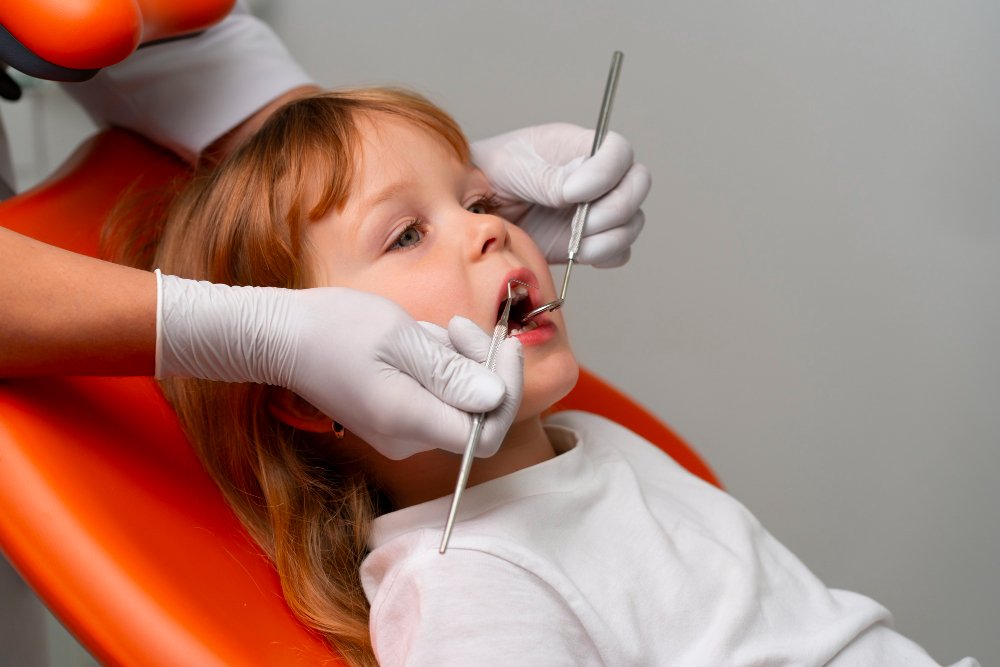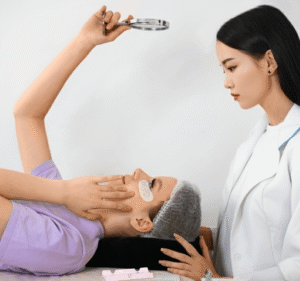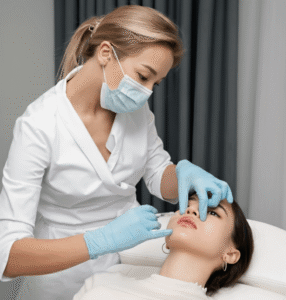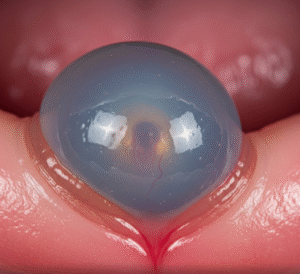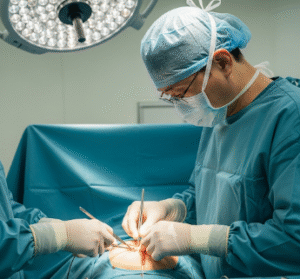Overview
Cleft lip and palate are congenital birth defects that occur when a baby’s lip or the roof of the mouth (palate) does not form properly during pregnancy. These conditions can affect feeding, speech, hearing, and appearance, but with modern surgical techniques, children with cleft lip and palate can lead healthy, normal lives. In Korea, cleft treatment is advanced, involving multidisciplinary care teams that include surgeons, speech therapists, orthodontists, and psychologists.
What is Cleft Lip and Palate?
- Cleft lip is a physical split or opening in the upper lip, which can range from a small notch to a wide gap extending into the nose.
- Cleft palate is an opening in the roof of the mouth, which may involve only the soft palate or both the soft and hard palate.
These defects can occur separately or together, and they may affect one or both sides of the face.
Symptoms
- Visible split in the lip or palate
- Difficulty feeding or sucking in infants
- Nasal-sounding speech or speech delays
- Recurrent ear infections due to fluid buildup
- Misaligned teeth or dental problems
- Breathing difficulties in severe cases
Causes
The exact cause is not always known, but cleft lip and palate result from a combination of genetic and environmental factors.
- Genetic predisposition (family history of clefts)
- Environmental factors (maternal smoking, alcohol use, or certain medications during pregnancy)
- Nutritional deficiencies (such as lack of folic acid)
- Maternal infections or health conditions during pregnancy
Risk Factors
- Family history of cleft lip or palate
- Maternal smoking, alcohol, or drug use during pregnancy
- Poor maternal nutrition (low folic acid intake)
- Exposure to certain medications (such as anti-seizure drugs)
- Certain medical conditions in the mother, like diabetes or obesity
Complications
- Feeding difficulties in newborns
- Recurrent ear infections leading to hearing loss
- Dental and orthodontic problems
- Speech and language delays
- Emotional and social challenges due to facial differences
Prevention
- Ensuring adequate folic acid intake before and during pregnancy
- Avoiding smoking, alcohol, and harmful medications during pregnancy
- Maintaining good prenatal care and maternal health
- Early genetic counseling if there is a family history of clefts
Treatment Options in Korea
South Korea offers some of the most advanced and comprehensive cleft care programs in Asia, with specialized pediatric surgery centers. Treatment typically involves multiple stages and specialists.
- Surgical Treatment
- Cleft Lip Repair: Usually performed at 3–6 months of age.
- Cleft Palate Repair: Typically performed between 9–18 months to support speech development.
- Revision Surgeries: May be needed for improved function and appearance as the child grows.
- Supportive Treatments
- Speech therapy for language and pronunciation development
- Orthodontics for teeth alignment and bite correction
- Ear, nose, and throat (ENT) care to manage hearing issues
- Psychological support for confidence and social adjustment

